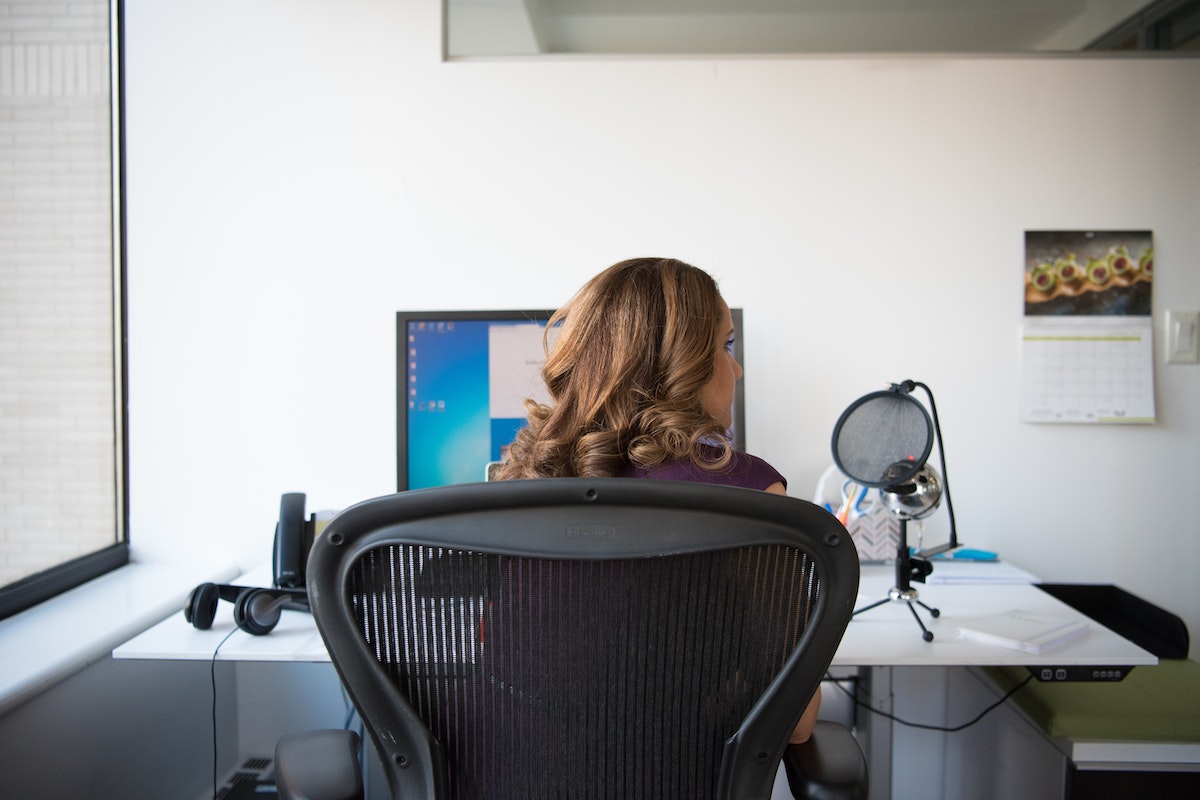In the ever-evolving landscape of office environments, the paradigm of work dynamics has shifted drastically. As we delve deeper into the era of desk jobs, the conversation surrounding the optimal ratio of sitting to standing during office hours has become increasingly relevant. This balance isn’t a trivial matter; it carries profound implications for our health and productivity. It’s crucial to understand that creating a healthier workspace isn’t merely about adding a standing desk – it’s about incorporating an effective balance of sitting and standing throughout your workday.
Understanding the Dangers of Prolonged Sitting
Our sedentary lifestyle, marked by prolonged periods of sitting, is far from harmless. The adage, “sitting is the new smoking,” is a stark reminder of the health risks we inadvertently invite. Scientific research has linked extended sitting to obesity, heart disease, and a shortened lifespan. Moreover, continuous sitting can lead to musculoskeletal issues such as chronic back and neck pain, primarily due to poor posture and lack of movement. The gravity of these issues underscores the urgency of rethinking our work habits.
The Benefits of Standing More
Standing at work isn’t merely an antidote to the perils of excessive sitting. It’s an active step towards better health and improved well-being. Standing helps to burn more calories than sitting on an ergonomic office chair, serving as an ally in the battle against weight gain. It also encourages better posture, reducing the risk of back pain and other musculoskeletal problems. Moreover, standing has been associated with enhanced mood and energy levels, contributing to a more positive work environment. Thus, incorporating more standing into your work routine is an investment in your physical and mental health.
What is the Ideal Sitting to Standing Ratio?
Determining the perfect balance between sitting and standing can be complex, as various studies propose different ratios. A commonly endorsed recommendation is the 20-8-2 rule: in every half-hour of work, we should aim to sit for 20 minutes, stand for 8 minutes, and move for 2 minutes. This ratio is not set in stone but serves as a guideline. It’s vital to remember that each individual’s comfort level and job requirements will dictate the most suitable ratio. The key is ensuring a dynamic work environment that encourages sitting and standing.
How to Implement a Healthy Sitting-to-Standing Ratio
Transitioning to a balanced sitting and standing work routine doesn’t have to be daunting. Here are some strategies to guide you:
Start Gradually: An abrupt shift from a predominantly sitting routine to standing half the time can be strenuous. It’s advisable to start by standing for a few minutes every hour and gradually increase this duration. This incremental approach will allow your body to comfortably adapt to the new routine.
Use a Sit Stand Desk: A sit stand desk, with their adjustable height feature, offers an excellent solution to accommodate both sitting and standing. They allow you to easily switch between postures, providing the flexibility necessary for a dynamic work routine.
Take Regular Breaks: Movement is crucial regardless of whether you’re sitting or standing. Try to take a short break every 30 minutes – stand up, stretch, and move around. These mini breaks can be as simple as a quick walk to refill your water glass.
Listen to Your Body: Everyone’s capacity and comfort level with sitting and standing will vary. Hence, it’s crucial to listen to your body’s cues. If you’re feeling fatigued or experiencing discomfort, it’s a signal to change positions.
Conclusion
The importance of balancing your sitting and standing routine at work cannot be overstated. It’s not just a fleeting trend; it’s a necessity for maintaining our well-being in terms of health and productivity. Transitioning to a healthier work routine may seem daunting initially, but remember that every small step counts. Whether standing for an additional five minutes each hour or taking frequent breaks to stretch your legs, each action contributes to a healthier you.
The discourse surrounding the optimal sitting-to-standing ratio is not about advocating an all-or-nothing approach. Instead, it’s about promoting a balanced and dynamic work routine that respects our body’s needs and our work demands. It’s a call to action to redefine our work habits, fostering a workspace that enhances our health and productivity rather than diminishing it.
Ultimately, the key takeaway is that our work routine should serve us, not vice versa. As we move forward, let’s strive to create a harmonious balance between sitting and standing, paving the way for a healthier work lifestyle. Remember, your health is your wealth – start making a positive change today!
